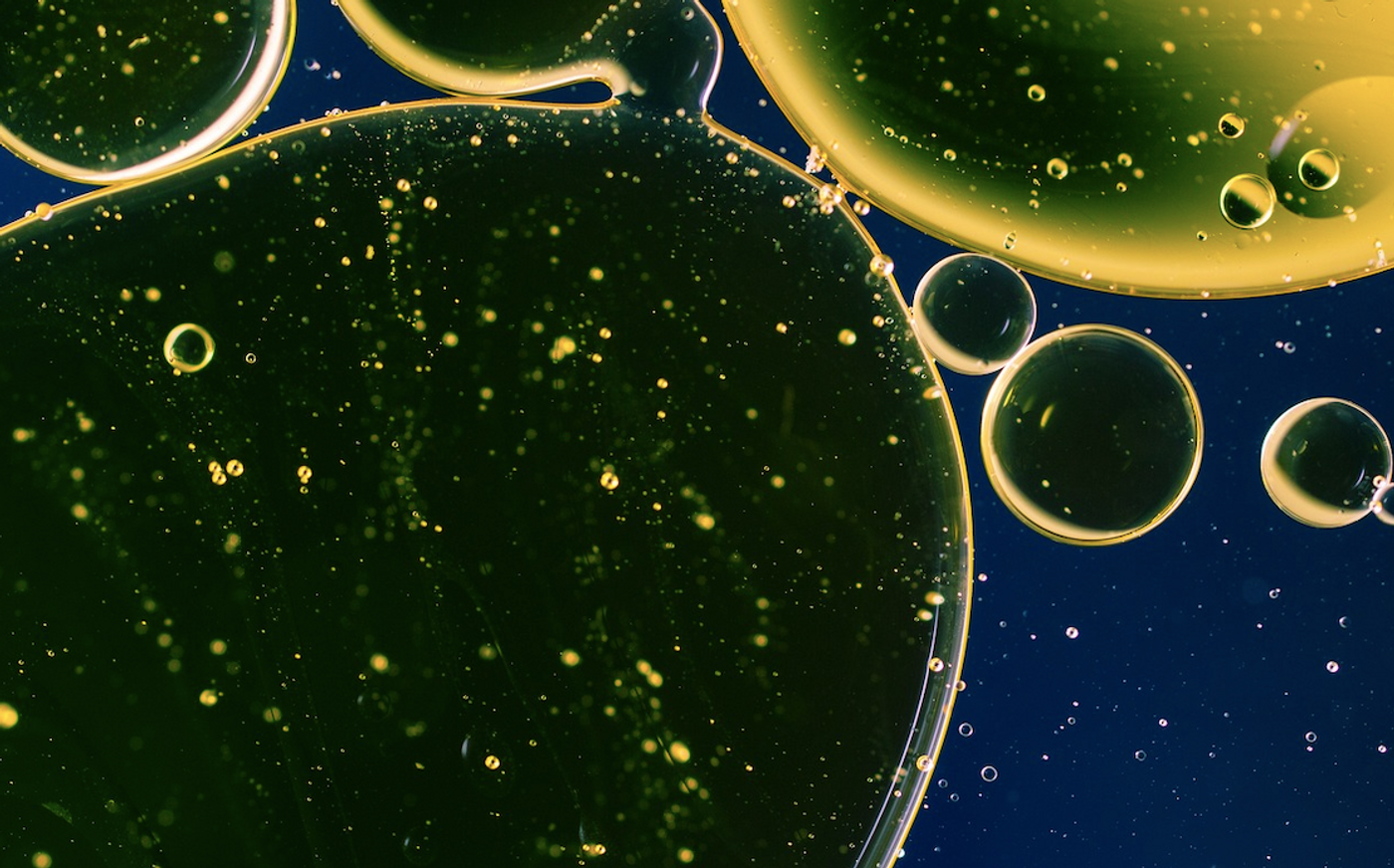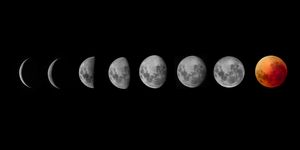Microbes Can Power Their Growth by Consuming Viruses
Viruses can infect cells, and take them over to produce more viruses. But can viruses serve as a source of nutrition? It seems that, yes, some aquatic microbes are able tocan consume viruses and use them as a source of energy that fuels the microbe's growth. In new research reported in the Proceedings of the National Academy of Sciences (PNAS), investigators showed that a species of microbe called Halteria, which are ciliates that live in freshwater ecosystems around the world, can survive on a diet of viruses alone; the researchers termed this phenomenon "virovory." The microbes can eat thousands, even a million particles of chloroviruses in a single day, the researchers found.
Chloroviruses infect green algae, which eventually causes the microscopic algal cells to burst, releasing carbon and other elements that other microorganisms can use in a kind of recycling process. The carbon is thought to be retained in a layer of microbial soup, without moving up the food chain, noted senior study author John DeLong, an associate professor at the University of Nebraska–Lincoln.
But vivory, noted DeLong, could be helping carbon escape that cycle, and those tiny organisms may be having a big impact.
By taking a rough estimate of the number of viruses and ciliates in the volume of water there is, a massive amount of energy could be moving up the food chain, said DeLong, who estimated that in a small pond, ciliates could eat 10 trillion viruses every day. "If this is happening at the scale that we think it could be, it should completely change our view on global carbon cycling."
DeLong had suspected that some microbes could use viruses as a form of nutrition that almost anything would want to eat. "They're made up of really good stuff: nucleic acids, a lot of nitrogen and phosphorous," he explained. Lots of organisms will consume anything they can, so "surely something would have learned how to eat these really good raw materials."
To see whether any microbes had indeed started to eat viruses, he did a simple experiment. After collecting samples from a local pond, he added chlorovirus to droplets of water that contained microbes from the pond. After one day, he could see that Halteria used chlorovirus as a snack food; there were so many more Halteria that he was able to start counting them. This was happening as the chlorovirus level was dropping precipitously. In two days, there were 100 times fewer viruses, and Halteria cells were growing to be about 15 percent larger. Halteria that had no access to chlorovirus weren't getting any bigger.
Another experiment confirmed that Halteria cells were eating the virus. The researchers labeled chlorovirus DNA green, then watched as an organelle in Halteria cells that were exposed to these chloroviruses began to turn green. The ciliates were eating the virus.
After collecting additional data, DeLong found that Halteria can convert about 17 percent of the chlorovirus mass they consume into a new mass of their own.
DeLong is planning to return to the pond as the weather warms to confirm that this is also occurring in nature.
Sources: University of Nebraska-Lincoln, PNAS









